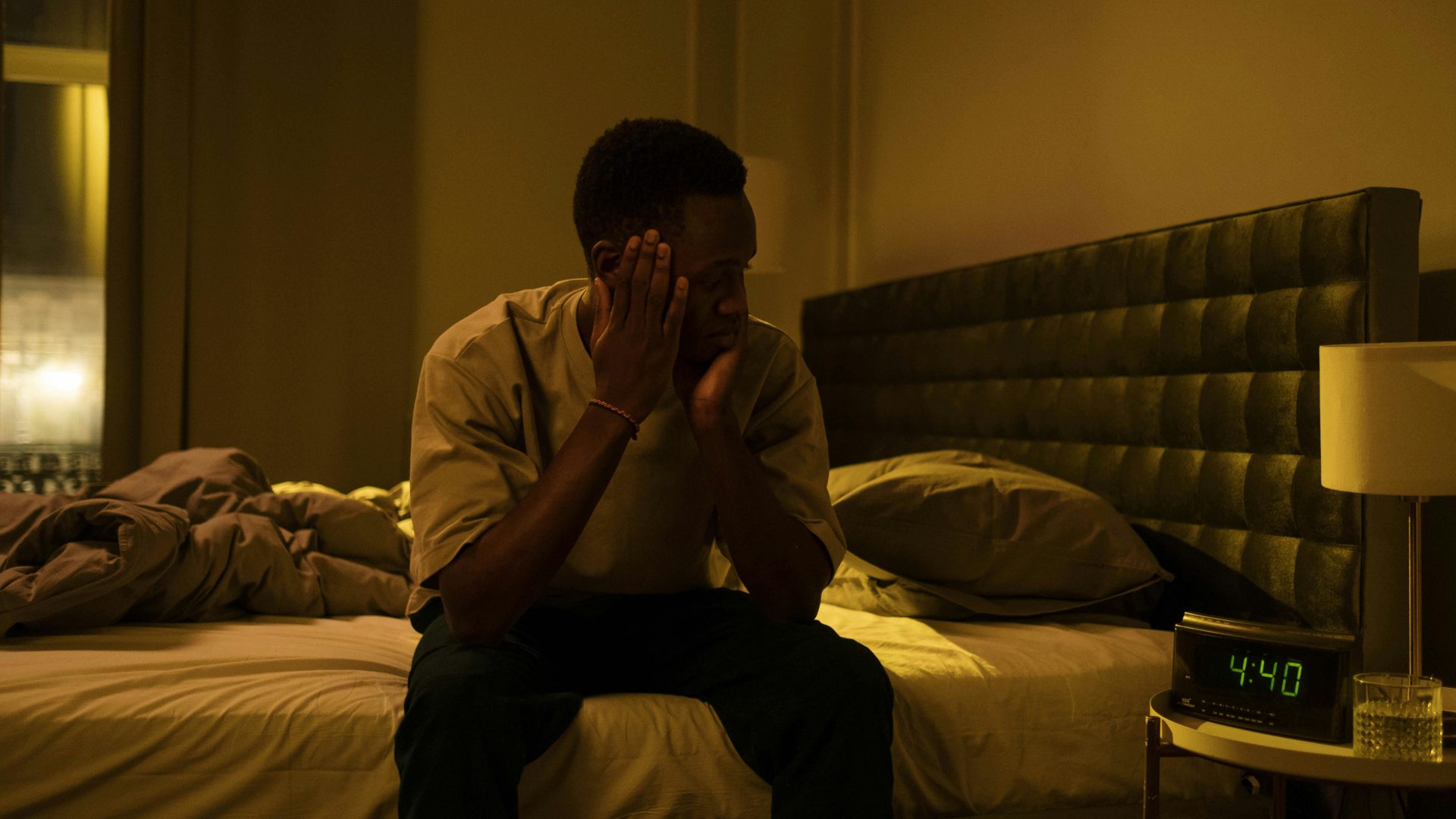The largest UFO archive in North America is currently located in two portable classrooms at a public elementary school in New Mexico. I wanted to share this because I think our community should be aware of the significant effort underway to preserve UFO history in a groundbreaking way.
The National UFO Historical Records Center (NUFOHRC) has teamed up with a New Mexico school to store over 100,000 civilian and military case files, declassified government documents, and original UFO research. This initiative goes beyond just creating another museum or tourist attraction; it’s a serious attempt at historical preservation within an academic environment.
Here are some of the exciting things they’re doing:
- Digitizing all materials for free online access
- Using AI to analyze patterns from decades of sightings
- Recovering the previously lost APRO files that were locked away for 35 years
- Archiving original files from NICAP, CUFOS, and J. Allen Hynek
- Hosting actual historical lectures for students on this fascinating subject
David Marler, the director, has been curating this collection since 1990, and this new partnership makes it more accessible than ever. If you’re passionate about the preservation and study of UFO history, this is one of the most thrilling projects currently unfolding.
I’d love to hear your thoughts—especially from anyone who has visited or followed Marler’s work. What do you think about public institutions getting involved in the preservation of UFO history in this way?

This is an incredibly exciting development for the study of UFO history! The fact that a public school is taking an active role in preserving and digitizing such a vast collection of historical records is truly impressive. It’s a great way to make this information accessible to a wider audience, especially the younger generation, who might not otherwise engage with this fascinating subject.
The use of AI to analyze patterns across decades of sightings is particularly intriguing. It could lead to new insights and possibly even breakthroughs in our understanding of these phenomena. Plus, the return of the APRO files and the inclusion of original documents from organizations like NICAP and CUFOS enrich the archive’s credibility and depth.
I think it’s fantastic that students are being included in this initiative through lectures and educational programs. It not only preserves history but also sparks curiosity and encourages critical thinking about a topic that often gets dismissed. Public institutions getting involved in UFO history like this could help shift the narrative and promote serious academic inquiry into these subjects rather than relegating them to the fringe.
I’d love to hear about any firsthand experiences from those who have visited or collaborated with David Marler or the NUFOHRC, as it would be interesting to learn how this initiative has impacted the community and the field of UFO studies. Overall, this project seems to have the potential to significantly influence how we approach and understand UFO research moving forward.